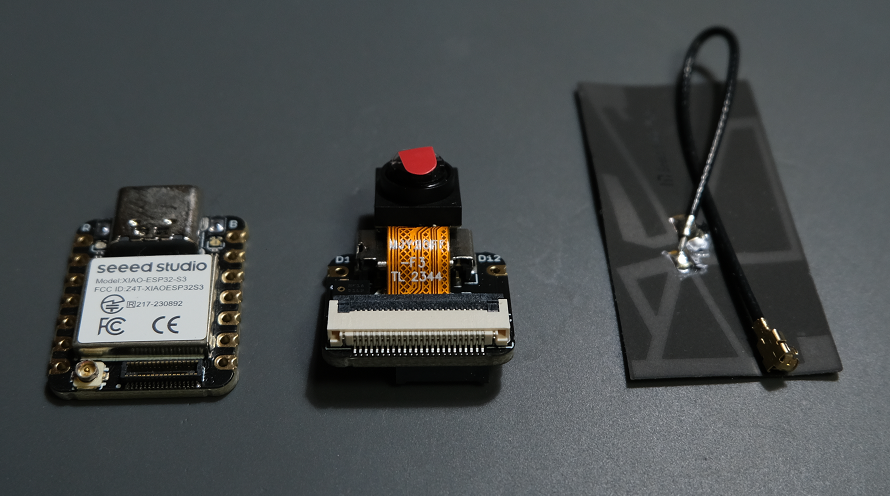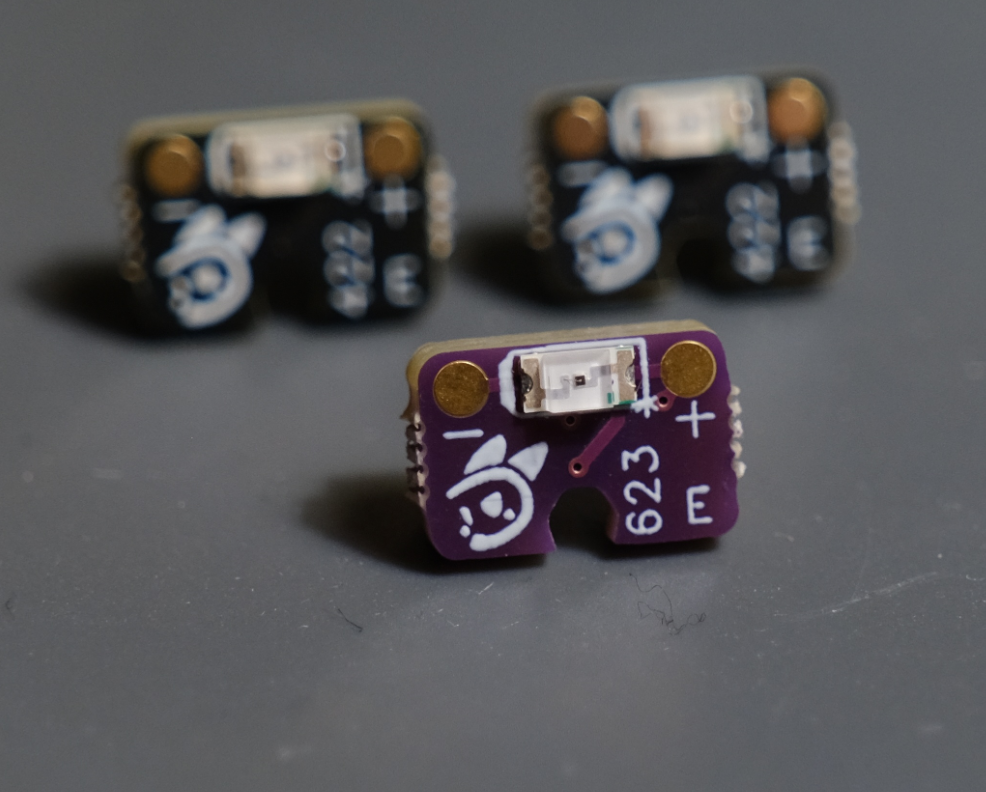EyeTrackVR / Unity
Affordable VR Eye-Tracking Add-on for Research
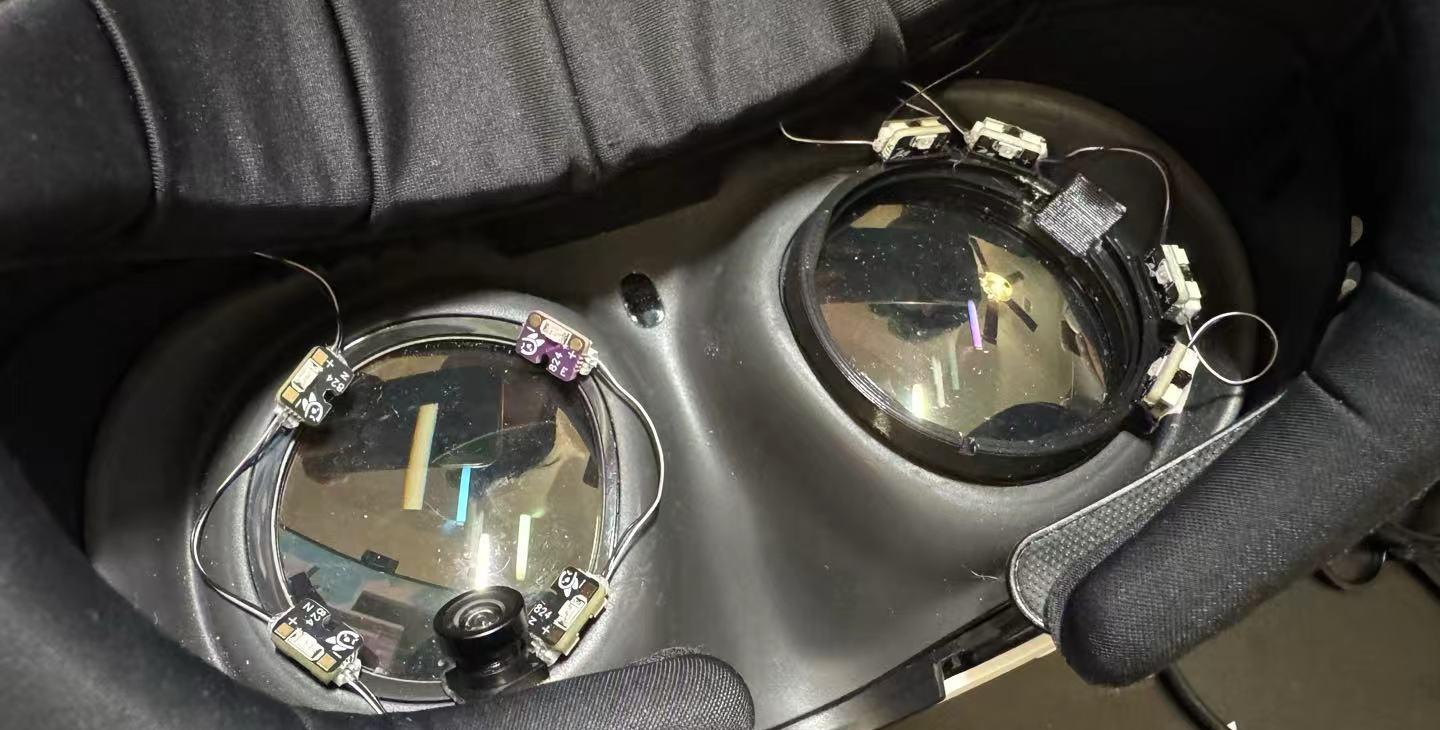
Figure 1: The hardware modification on a non-eye-tracking VR headset.
Overview
This project presents a cost-effective eye-tracking solution (hardware + software) designed to transform a standard non-eye-tracking VR headset (e.g., Meta Quest 3) into a sophisticated eye-tracking research instrument. The system leverages open-source technology to deliver research-grade eye tracking at a fraction of commercial solutions' cost.
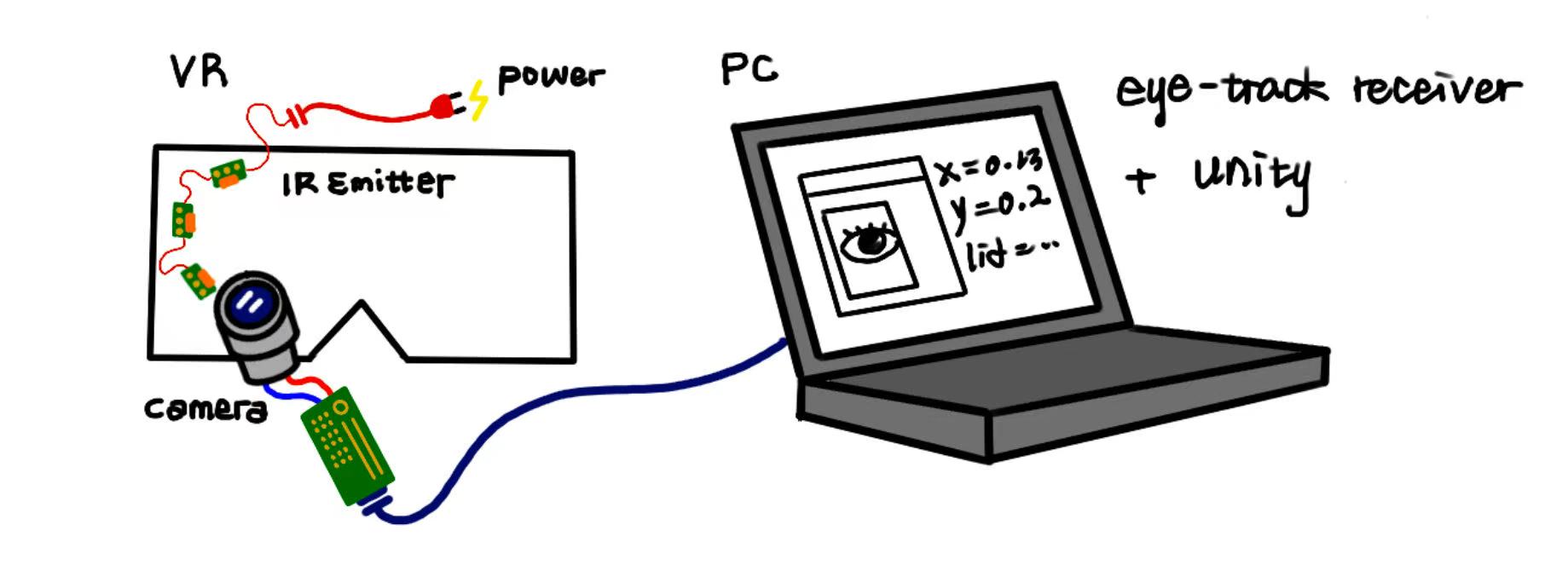
Figure 2: A simplified illustration of the hardware setup and overall data flow.
Motivation
Eye tracking represents a critical component in VR research, enabling precise analysis of user attention patterns, cognitive processes, and interaction behaviors. However, commercial eye-tracking solutions present significant barriers to entry:
- High Cost: Professional VR headsets with integrated eye-tracking (e.g., Varjo XR-3, HTC Vive Pro Eye) typically cost between $1,500-$6,500, placing them beyond the reach of many research budgets.
- Limited Accessibility: Many eye-tracking solutions require proprietary software ecosystems or specialized hardware.
- Data Ownership: Commercial platforms may impose restrictions on raw data access or implement "black box" processing algorithms.
This project aims to democratize eye-tracking research by providing an affordable alternative ($200-300 total build cost) while maintaining sufficient accuracy for many research applications.
Technical Specifications (TODO)
- Sampling Rate: ~50-70Hz (dependent on wireless vs. wired configuration)
- Accuracy: ~° visual angle (after calibration)
- Latency: ~ms (dependent on wireless vs. wired configuration)
- Data Output: Real-time gaze vectors and eye openness
- Data Format: OSC protocol for easy integration with research software
Required Parts
This project builds upon the open-source EyeTrackVR project. Comprehensive assembly guides and technical documentation can be found in their official documentation.

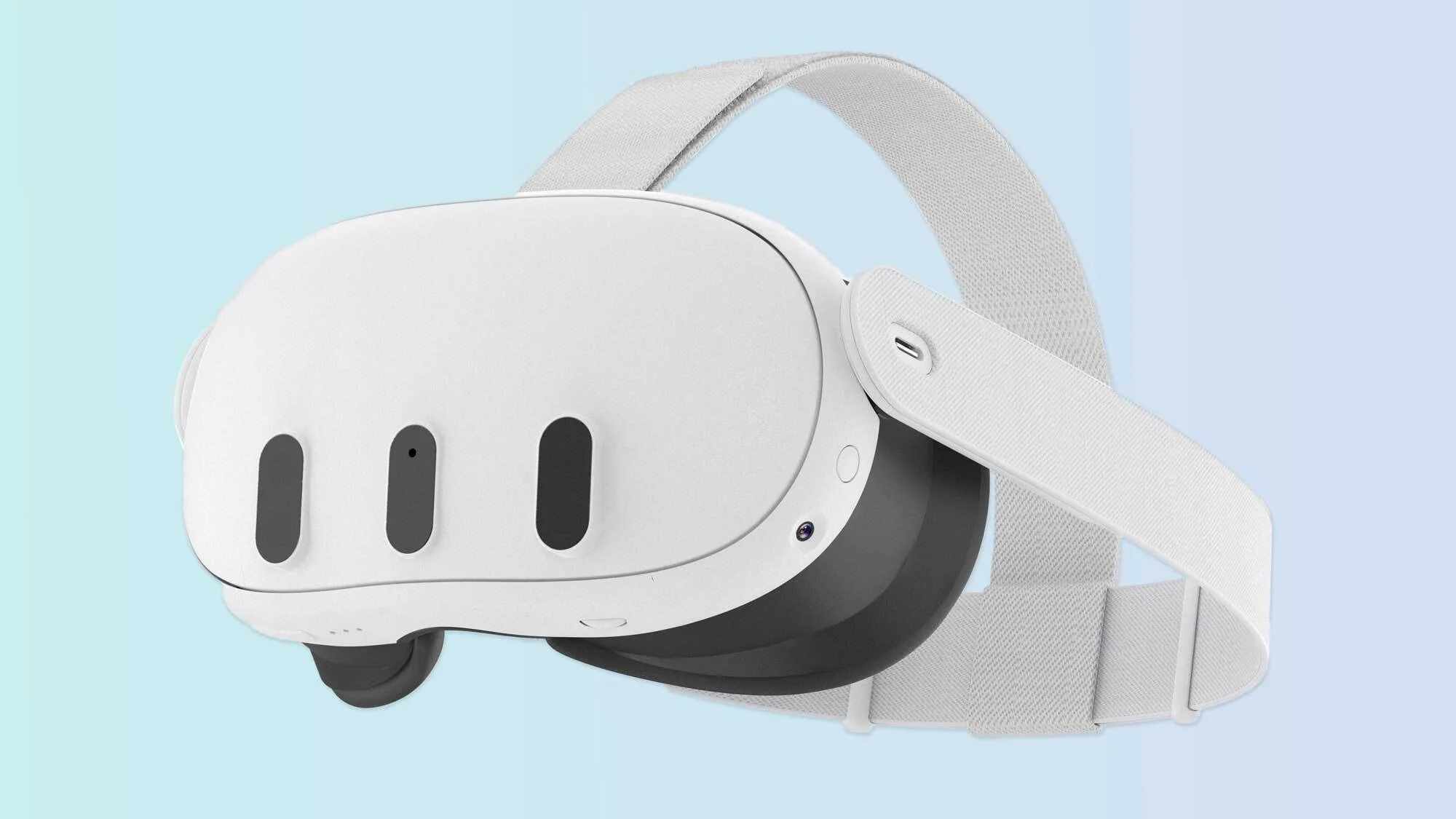
Screenshot - Click to enlarge
A non-eye-tracking VR headset (e.g., Meta Quest 3, ~$499)
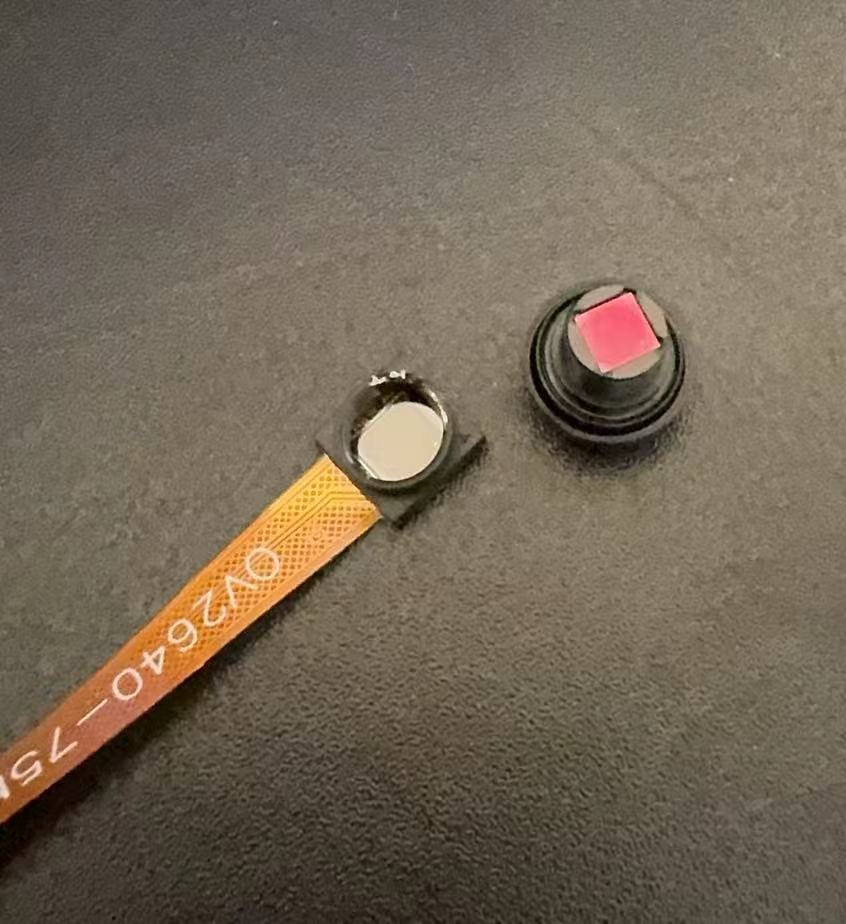
Screenshot - Click to enlarge
Minimum 2 IR-sensitive mini cameras (recommend purchasing 4 units, as IR filter removal carries risk of damage; ~$10-15 each)
2 Microcontroller boards for image processing and data transmission (options include ESP32-CAM, Xiao ESP32S3 Sense; ~$15-25 each)
IR illumination system (recommended to use the official LED set from EyeTrackVR; ~$20)
Additional required parts:
- 3 USB-C to USB-C cables (2 for cameras, 1 for powering LEDs; ~$10-15 total)
- 3D printed mounting hardware for cameras, IR emitters, and microcontroller boards (~$5-10 if using a service, or material cost if self-printing)
- High-quality double-sided adhesive tape (preferably VHB or similar for secure mounting; ~$5-8)
- 1 roll of electrical tape for camera ribbon cable protection (~$3-5)
- Optional: Portable USB power bank for extended wireless operation (~$20-30)
Total estimated cost: $200-300 (excluding the VR headset)
Note: Most components are available through Amazon with rapid shipping. However, Aliexpress offers significantly lower prices (see EyeTrackVR documentation for specific links). Be aware that Aliexpress shipping typically takes 2-4 weeks, so plan accordingly if pursuing the more economical option.
Assembly Considerations
When following the EyeTrackVR documentation, pay special attention to these critical points:
1. Camera Ribbon Cable Fragility: Minimize camera connection/disconnection cycles. After initial testing, immediately apply protective reinforcement to the ribbon cable as outlined in the "Protecting a Camera Ribbon Cable" section. These ribbon connections are extremely delicate and prone to failure under repeated stress.
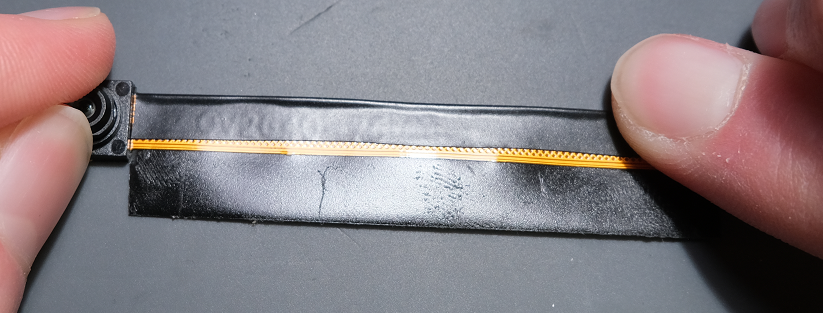
Screenshot - Click to enlarge
Figure 3. Apply electrical tape reinforcement to protect the camera ribbon cable.
2. Cable Routing Strategy: Carefully plan your cable routing before permanent installation. The 3D printed camera mounts typically align the ribbon cable outlet with the USB-C port orientation. In my implementation, I intentionally routed the camera ribbon in the opposite direction of the USB-C cable to minimize cable congestion around the headset.
If adopting this approach, ensure thorough ribbon cable protection with electrical tape on both sides, and avoid creating sharp bends in the ribbon. Gradual curves are essential for maintaining long-term reliability.
3. LED Circuit Orientation: When assembling the EyeTrackVR official LED arrays, note that the circuits for left and right eyes are inverted relative to each other. This design consideration ensures proper IR illumination across the full visual field.
Firmware Installation
The microcontroller boards require appropriate firmware to function correctly:
- Download the EyeTrackVR firmware from the official GitHub repository
- Configure the firmware according to your specific hardware configuration (camera type, board type, etc.)
- Flash the firmware to each microcontroller board using the Arduino IDE or PlatformIO
- Verify connectivity by accessing the web interface at the IP address assigned to each board
Troubleshooting tip: If experiencing connection issues, ensure your computer and the microcontroller boards are on the same WiFi network. Some institutional networks with client isolation may prevent proper communication.
Testing with EyeTrackVR Receiver
Before integrating with Unity, it's crucial to verify basic functionality using the EyeTrackVR Receiver application:
- TODO: include the python code used for basic data verification
The receiver application provides critical diagnostic information and allows for fine-tuning of tracking parameters before proceeding to Unity integration.
Unity Integration
TODO: add the Unity project repository and documentation here
Performance Comparison
While this DIY solution cannot match the specifications of high-end commercial systems, it provides sufficient performance for many research applications:
| System | Sampling Rate | Accuracy | Cost |
|---|---|---|---|
| EyeTrackVR (This Project) | ~70Hz | ~° visual angle | ~$200-300 |
| Varjo XR-3 | 200Hz | < 0.5° visual angle | ~$6,500 |
| HTC Vive Pro Eye | 120Hz | ~0.5-1.0° visual angle | ~$1,500 |
| Meta Quest Pro | 90Hz | ~1° visual angle | ~$1,000 |
Research Applications
This affordable eye-tracking solution enables various research applications that would otherwise require significantly higher investment:
- TODO
Conclusion
This project demonstrates that affordable, open-source eye tracking solutions can be successfully implemented for VR research applications. While commercial systems offer higher specifications, this approach dramatically reduces the barrier to entry for eye-tracking research, making it accessible to a wider range of institutions and independent researchers.
The modular nature of this solution also allows for continued improvement and customization to meet specific research needs, representing a valuable contribution to the democratization of advanced VR research methodologies.
